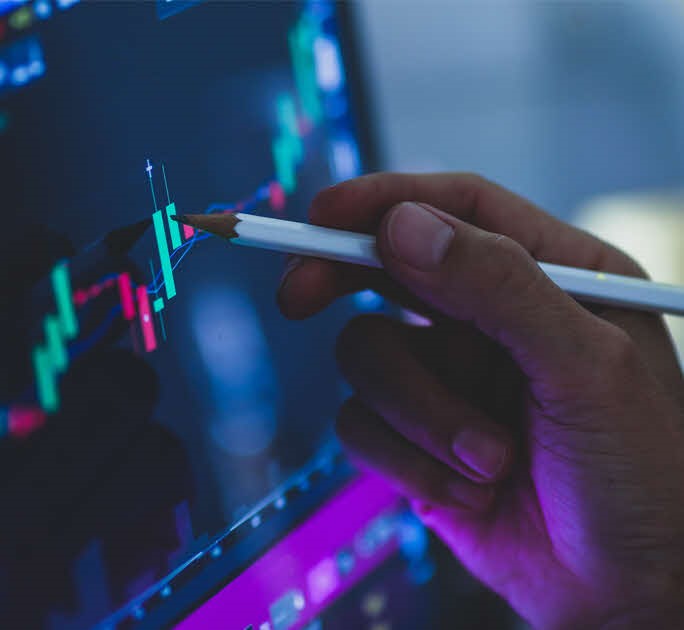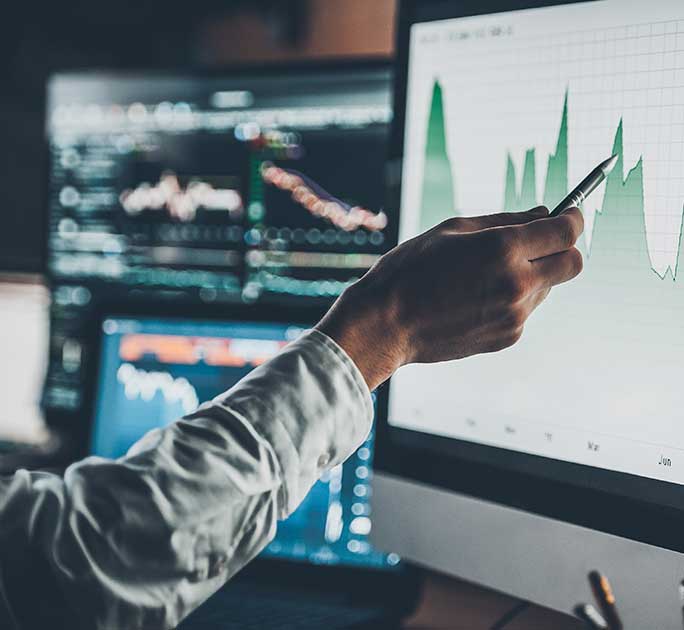Creating Loyal Customers
Retailers are leveraging advanced technologies to give their customers a personalised experience.

In today's tech-driven retail world, getting your customers to keep coming back for more is no longer a game of chance and guesswork. Rather, retailers are using digital tools such as data analytics and smart shelves to gain a clear insight of their customers' preferences.
This allows businesses to tailor a better experience for consumers, and boosting the chance of repeat purchases in the process. Being able to develop loyal customers has become even more challenging today, as consumers bred on ecommerce demand products and services tailored to their individual tastes and desires.
To stay ahead of the game, both online and physical retailers are leveraging on new solutions that can help them better analyse the data they gather on their customer activity, and translate that into strategies that will drive sales.
Some are turning to tech firms like Singapore-based Ascentis, which specialises in customer loyalty solutions. The award-winning firm provides its retail and F&B customers with solutions that can integrate directly with point-of-sale (POS) systems and other touch points.

This enables their customers to easily gain and consolidate insights into customer behaviour and design loyalty programs, such as birthday or seasonal promotions, accordingly. Its system also provides customer service support to track members' feedback.
"Our CRM and loyalty solutions allows for personalised and targeted marketing from actionable insights, resulting in timely and relevant engagement," says Ascentis on its website. The company counts Changi Airport Group, Starbucks and Tangs among its clients.
Meanwhile, advanced in-store technologies are helping brick-and-mortar outlets more effectively track the movements and activity of their shoppers. For instance, sensors installed in an outlet can determine which sections enjoy the most traffic.
Smart shelves with sensor technology are also increasingly being used in physical stores. While these are primarily used to make inventory management more efficient, they also help to gather information on customer behaviour.
These shelves, which typically have weight sensors installed, sends information to back-end systems about the existing quantity of items on the shelves. They also know what items are being picked up by shoppers and for how long. Meanwhile, visual recognition technology can even be used to tell when a customer is happy or angry.
Armed with accurate consumer insights, retailers can then tailor messages, recommendations and promotions relevant to each individual customer. These can be transmitted to a customer via a beacon within the store that communicates with his or her smart phone using bluetooth. Customers no longer have to wander the aisles looking for products they want or need. Rather information on what and where these items can be found will be sent to them the second they enter the store. Retailers that can provide such personalised experiences stand a higher chance of keeping its customers loyal and grow their businesses amid a challenging environment.
Was this information useful?
Thanks for your feedback
Subscribe to DBS BusinessClass
Stay updated with latest industry trends and insights in Asia, connect with a network of entrepreneurs, and gain access to exclusive event invitations.





That's great to hear. Anything you'd like to add?
We're sorry to hear that. How can we do better?